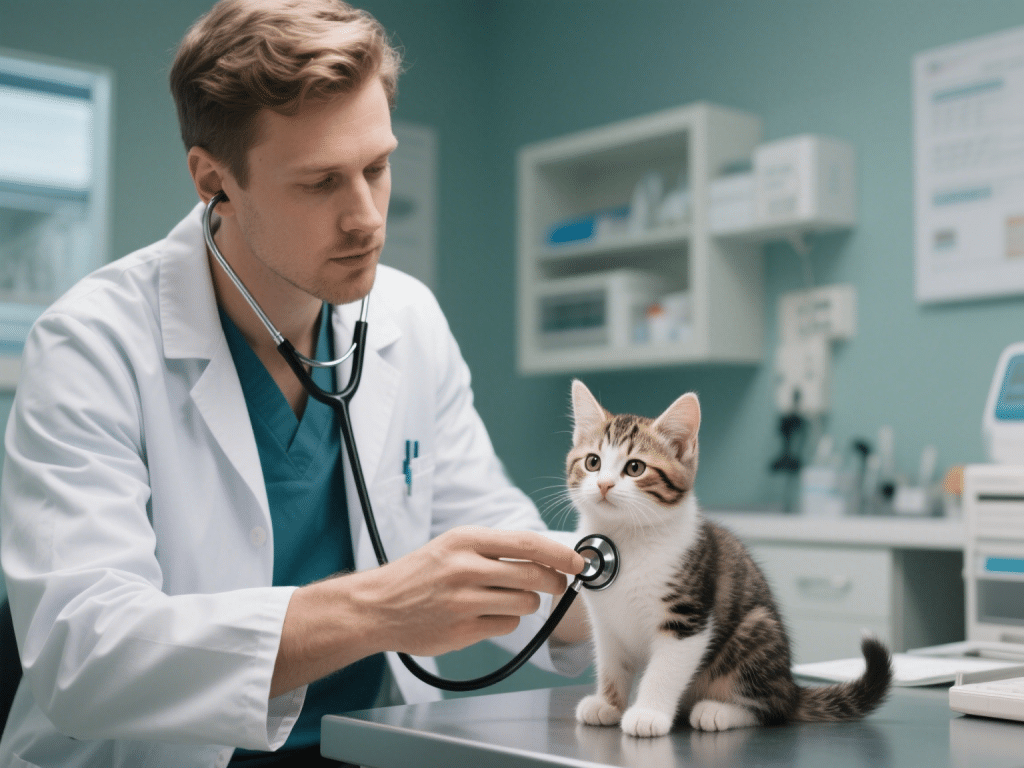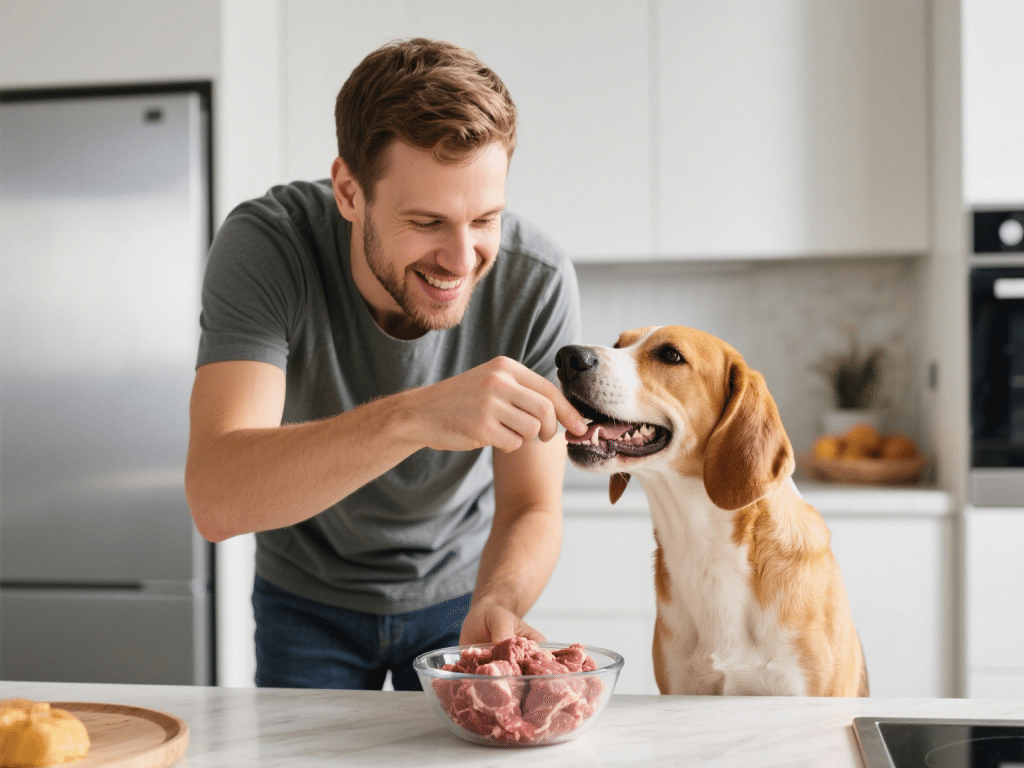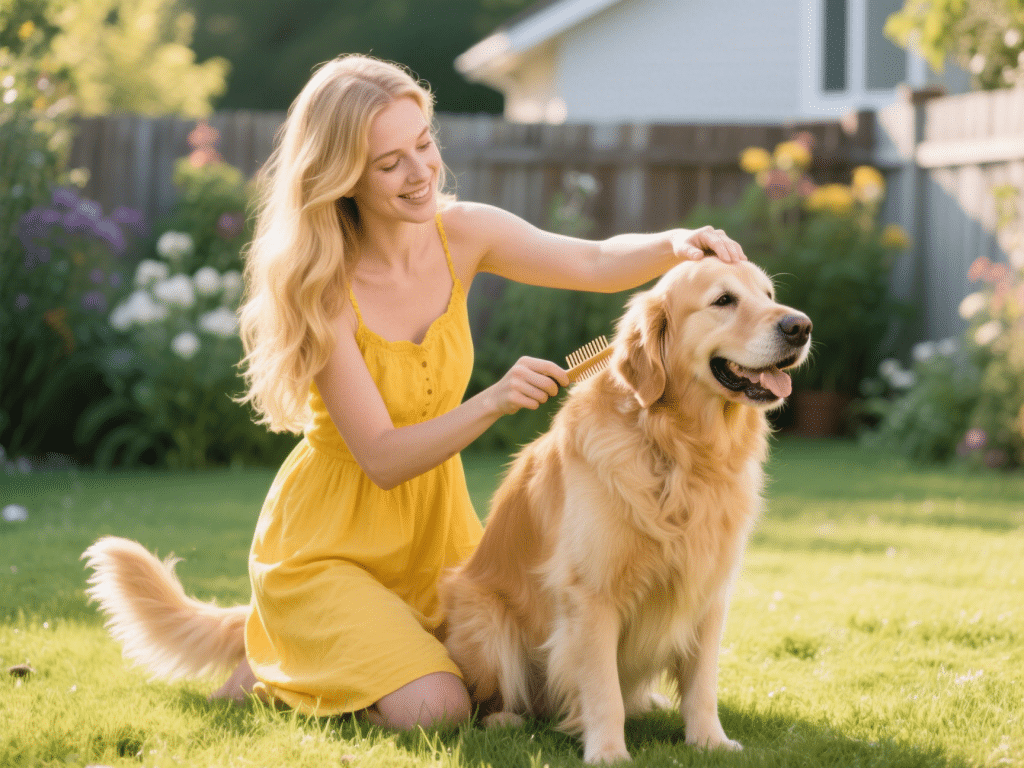Training Your Dog to Be Calm During Vet Visits
Introduction
Many dogs experience anxiety and fear when visiting the veterinarian. Stressful vet visits can lead to aggressive behavior, inaccurate diagnoses, and reluctance to seek medical care. By training your dog to associate the clinic with positive experiences, you can ensure calm, stress-free appointments.
Understanding Canine Veterinary Anxiety
Fear Triggers: Strange smells, unfamiliar surfaces, and handling by strangers.
Behavioral Signs: Panting, trembling, lip licking, pacing, and attempts to escape.
Impact: Heightened stress hormones can mask symptoms and complicate examinations.
Step 1: Home-Based Desensitization
Bring Clinic Scents Home: Ask the clinic for a blanket or cotton swab carrying clinic odor; place it near your dog’s bed for short periods.
Handling Exercises: Gently press paws, lift ears, and examine mouth daily to accustom your dog to hands-on checks. Reward calm responses with treats and praise.
Step 2: Positive Vet Clinic Visits
“Happy Visits”: Schedule brief, non-appointment visits where you and your dog enter, greet staff, and leave with a high-value treat or toy.
Reward Station: Carry your dog’s favorite treats and reward them for calm behavior in the waiting room and exam areas.
Gradual Exposure: Start with a 5-minute stay in the waiting room; gradually increase duration over several visits.
Step 3: Counter-Conditioning During Exams
Calm Treat Timing: Give small treats as the veterinarian begins each step—greeting, palpation, and otoscope checks.
High-Value Rewards: Use especially tasty treats (e.g., boiled chicken, cheese) to compete with stressful stimuli.
Calm Handling Techniques: Request a technician to gently cradle your dog’s body and minimize leash tension to reduce fear.
Step 4: Utilize Comfort Aids
Thundershirt or Anxiety Wraps: Apply a snug wrap before leaving for the clinic to provide gentle pressure and reduce stress.
Pheromone Sprays: Spray a collar or bandana with dog-appeasing pheromone (DAP) 15 minutes before travel.
Calming Supplements: Consider veterinarian-approved supplements containing L-theanine or valerian root, administered an hour before departure.
Step 5: Car Ride Conditioning
Short Car Rides: Take your dog on brief, fun car trips to parks or friends’ homes to build a positive association with vehicle travel.
Seat Comfort: Use a secure harness or crate with familiar bedding to reduce motion stress.
Progressive Desensitization: Increase trip length gradually until your dog can tolerate the full drive to the clinic without anxiety signals.
Tips for the Day of the Visit
Exercise Beforehand: A brisk walk or play session helps expend nervous energy.
Avoid Feeding Right Before: An empty stomach reduces risk of car sickness, but maintain medication schedules.
Arrive Early: A quieter waiting area and minimal delays help lower stress buildup.
Conclusion
Training your dog to be calm during vet visits requires patience, consistency, and strategic desensitization. By creating positive associations with clinic smells, handling, and car rides, along with using comfort aids, you’ll transform stressful vet appointments into manageable experiences for both you and your dog.






Comments on "Training Your Dog to Be Calm During Vet Visits" :